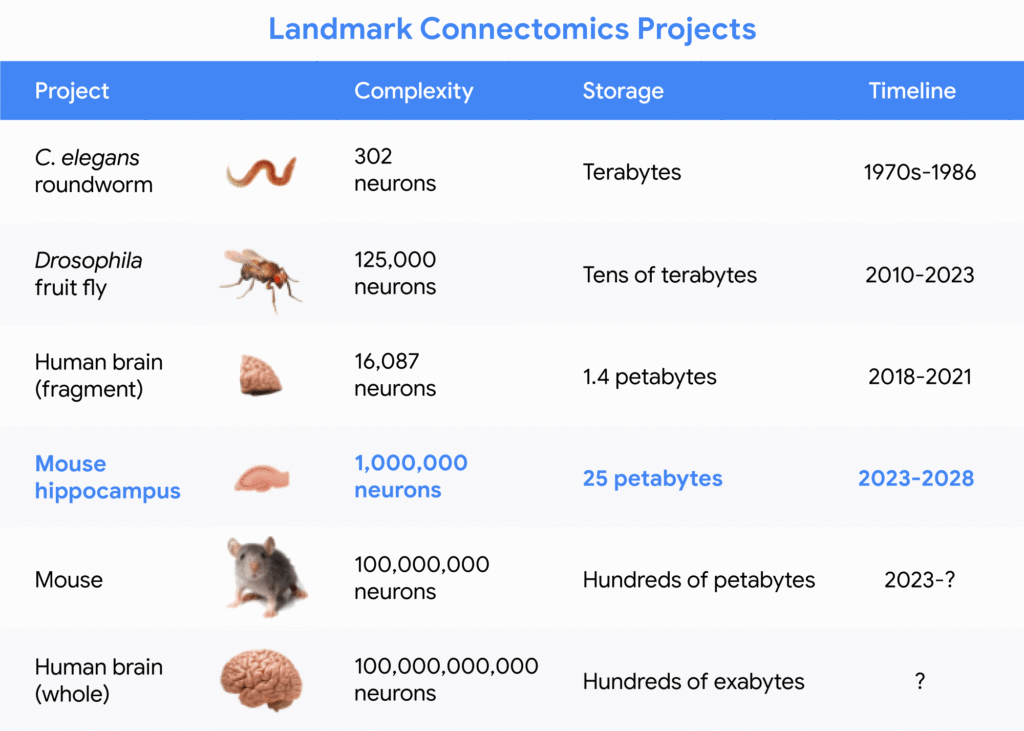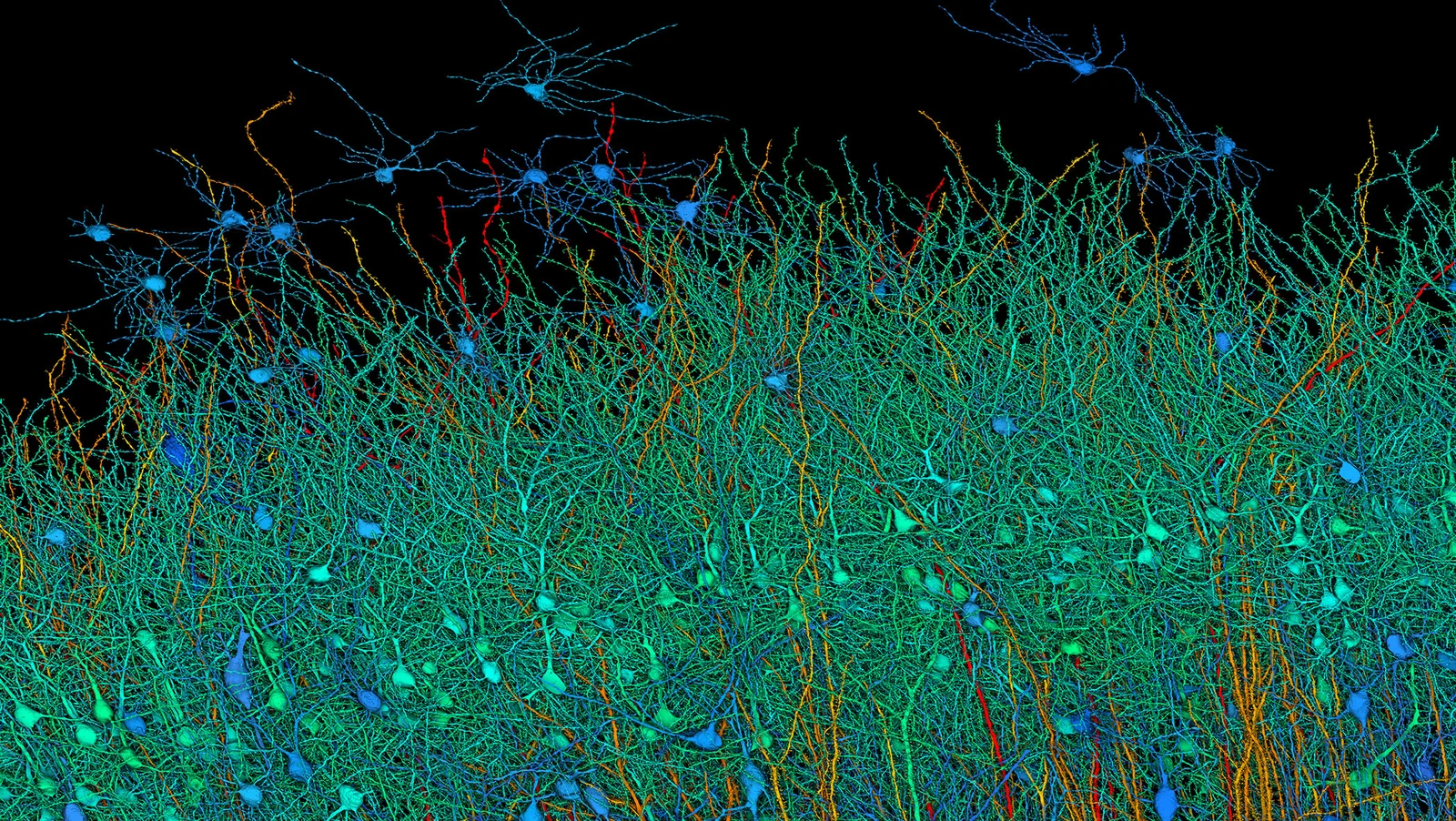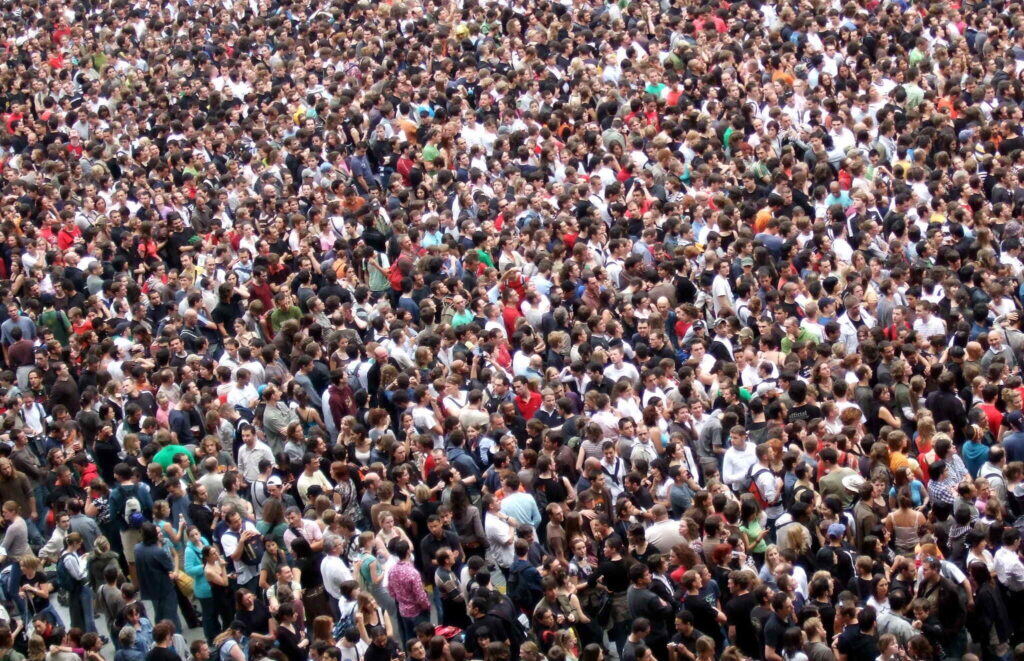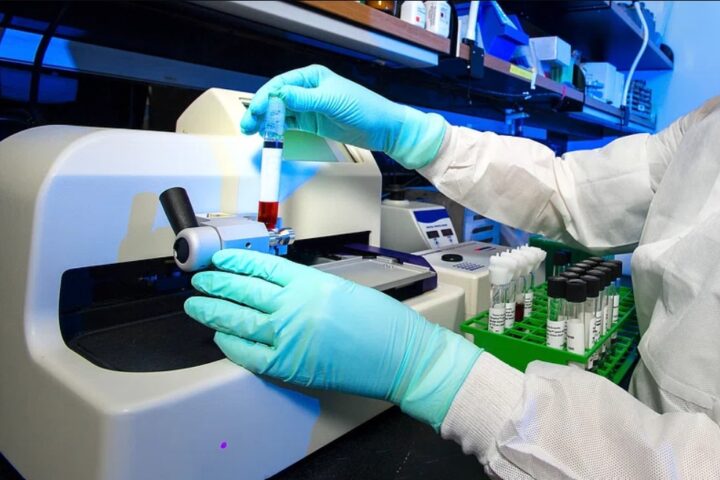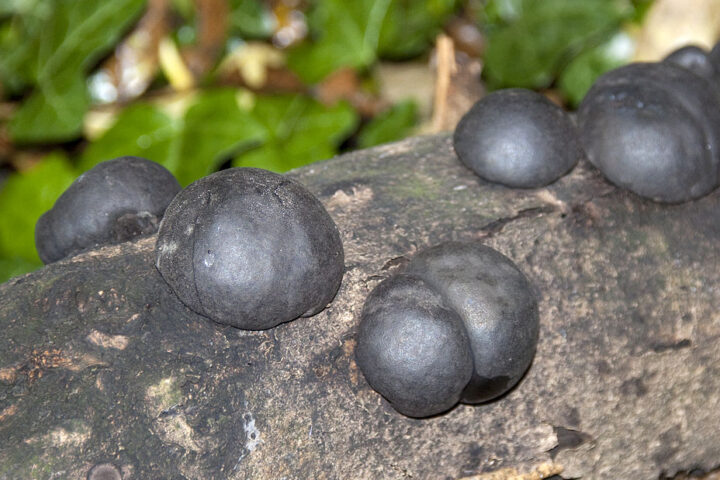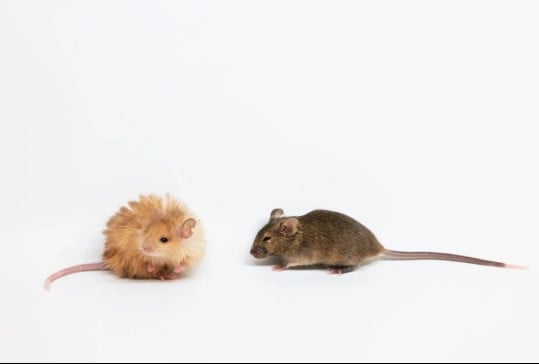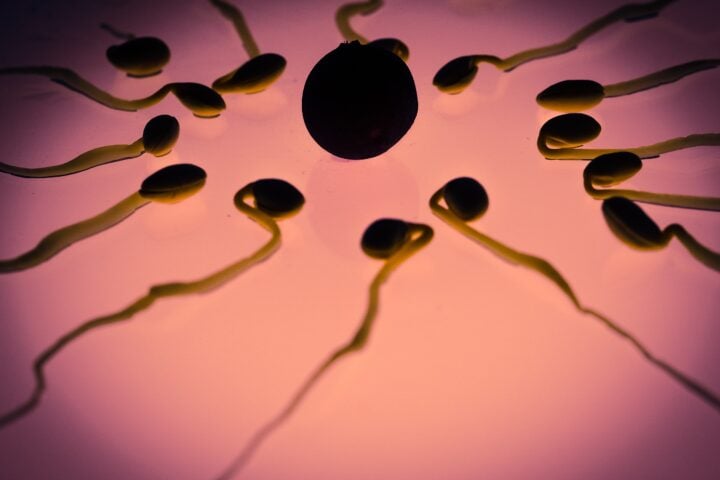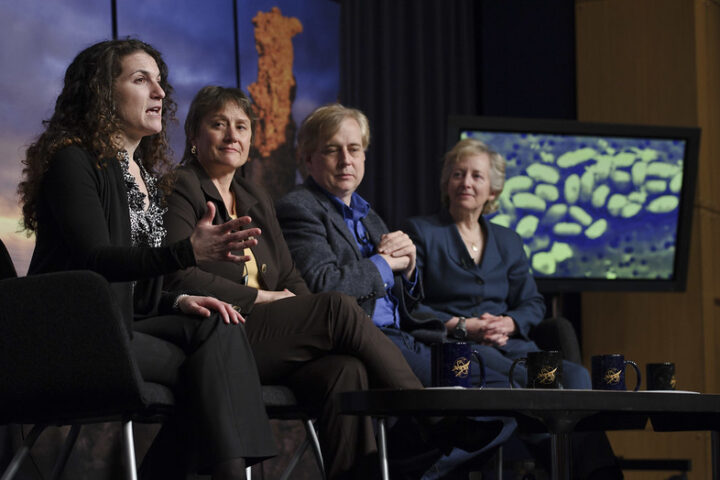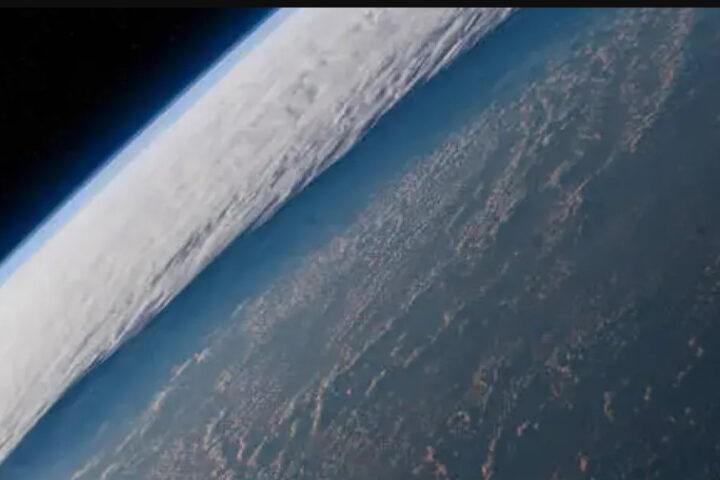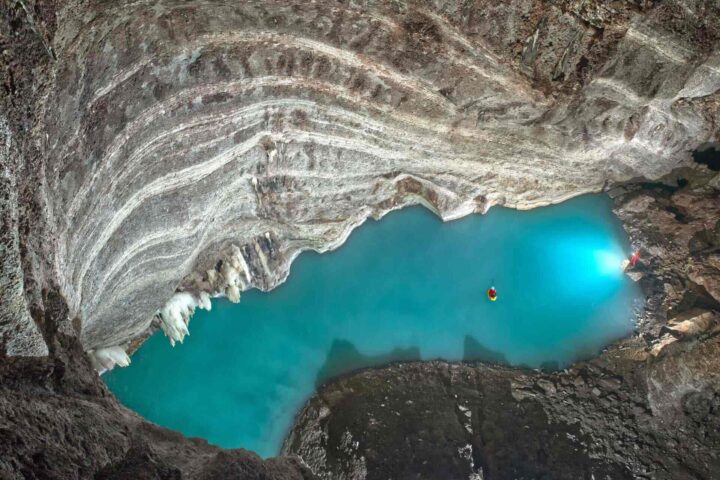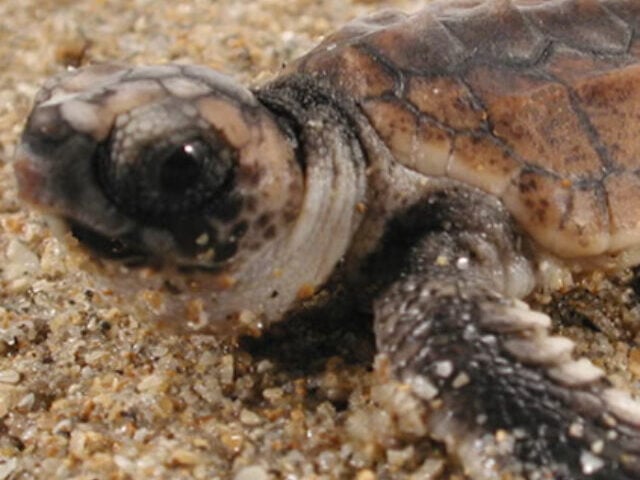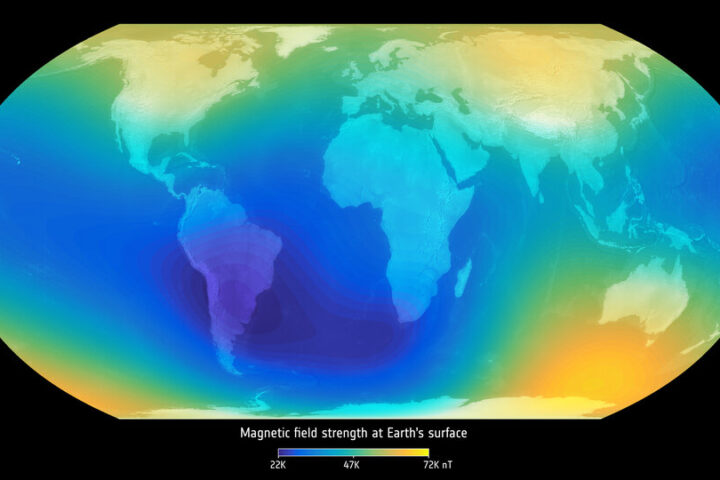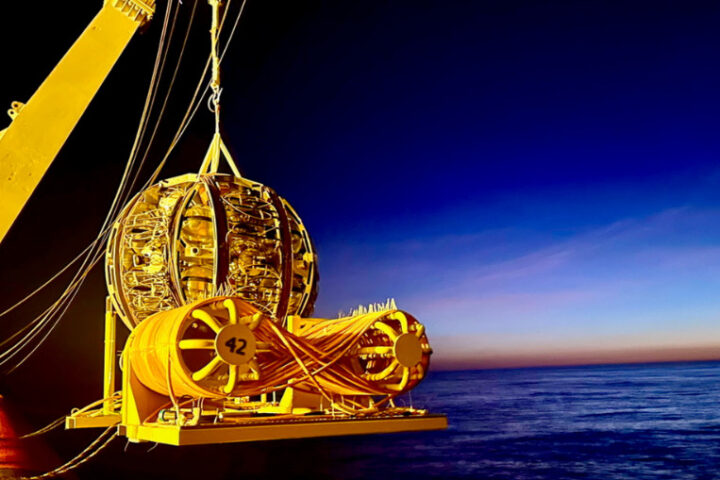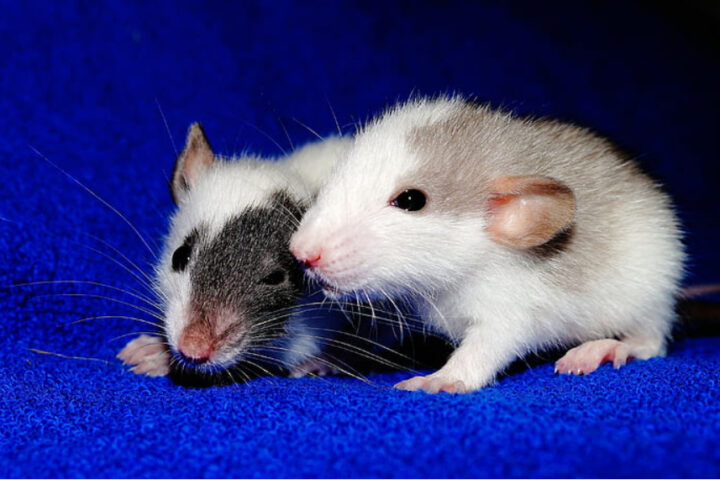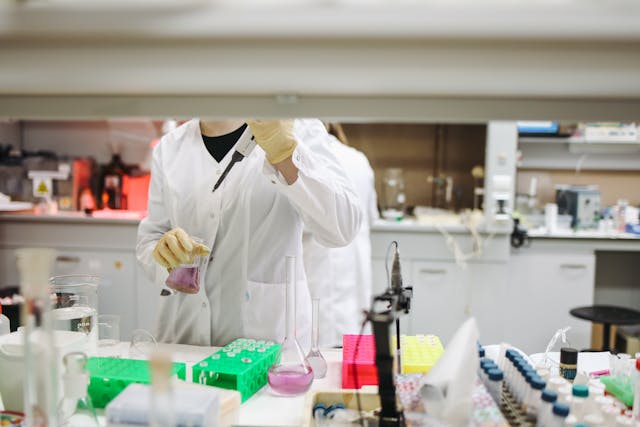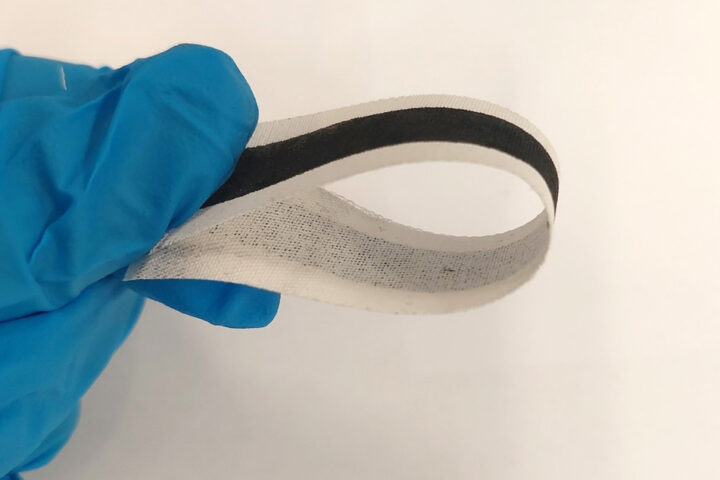The largest and most detailed map of the human brain yet was recently unveiled by Google researchers. It described just 1 cubic millimetre of brain tissue—the size of a grain of rice—but at high enough resolution to show individual neurons and their connections to each other, requiring 1.4 petabytes of data to encode. Viren Jain, a Google Research Scientist, noted that although it’s only a tiny sliver of the brain, the map led to several discoveries. For example, they found some of the neurons’ axons will wrap themselves into giant knots, a phenomenon never seen before. Jain added, “One reason we don’t have answers to these questions is that we don’t have the data we need in order to study the brain.”
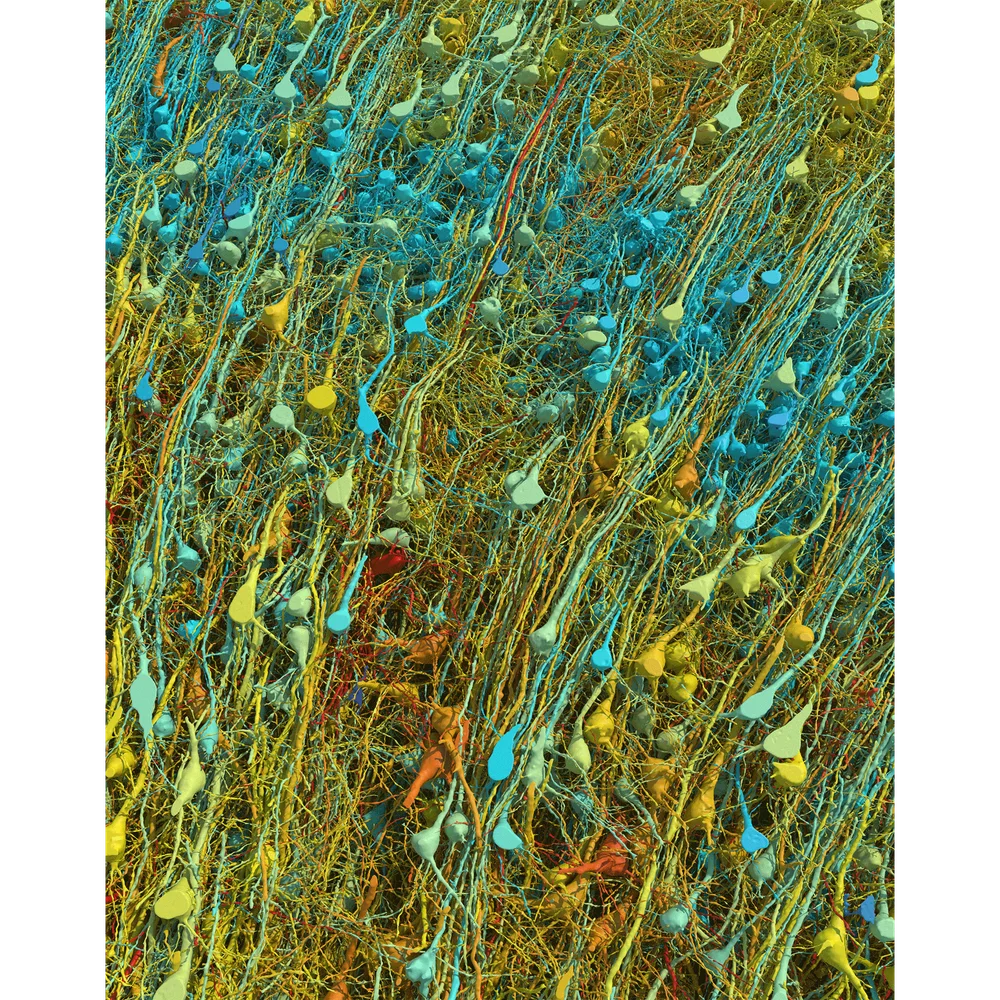
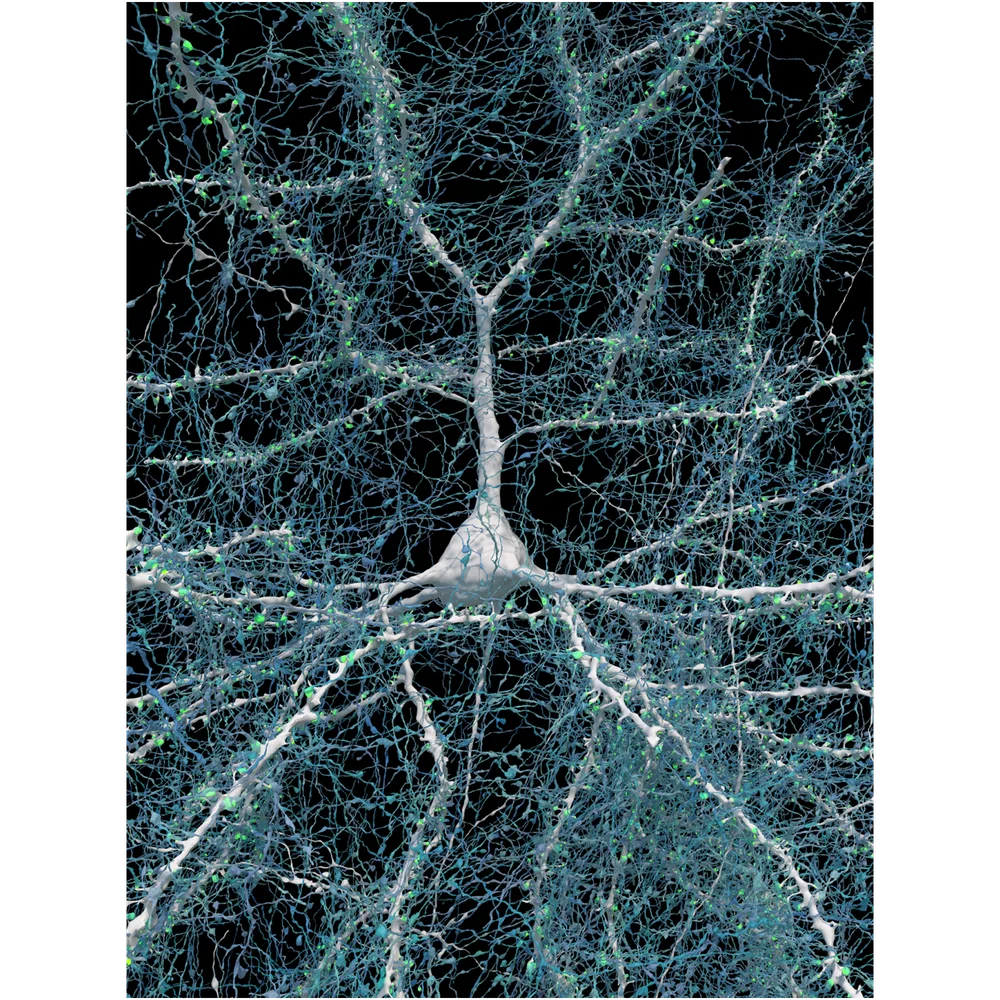
Ten years ago, Google Research formed its connections team to build detailed maps at the synaptic level. The team has developed technologies to more efficiently process, analyze, and share data, enabling researchers to dramatically scale up progress on understanding the brain. Jain remarked, “If we were to map the whole human brain right now, it might take billions of dollars and hundreds of years.” Instead, researchers focus on either mapping large portions of the brain of small animals or small pieces of brain tissue from large animals.
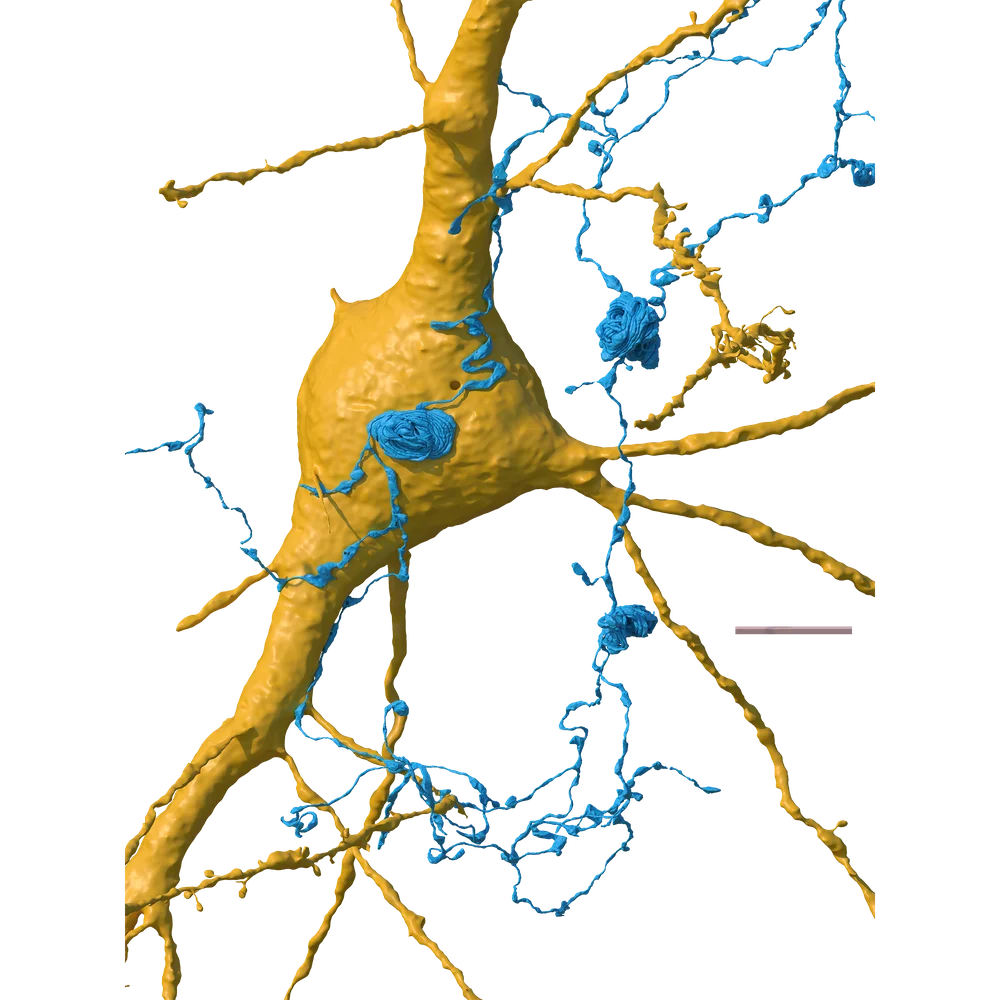
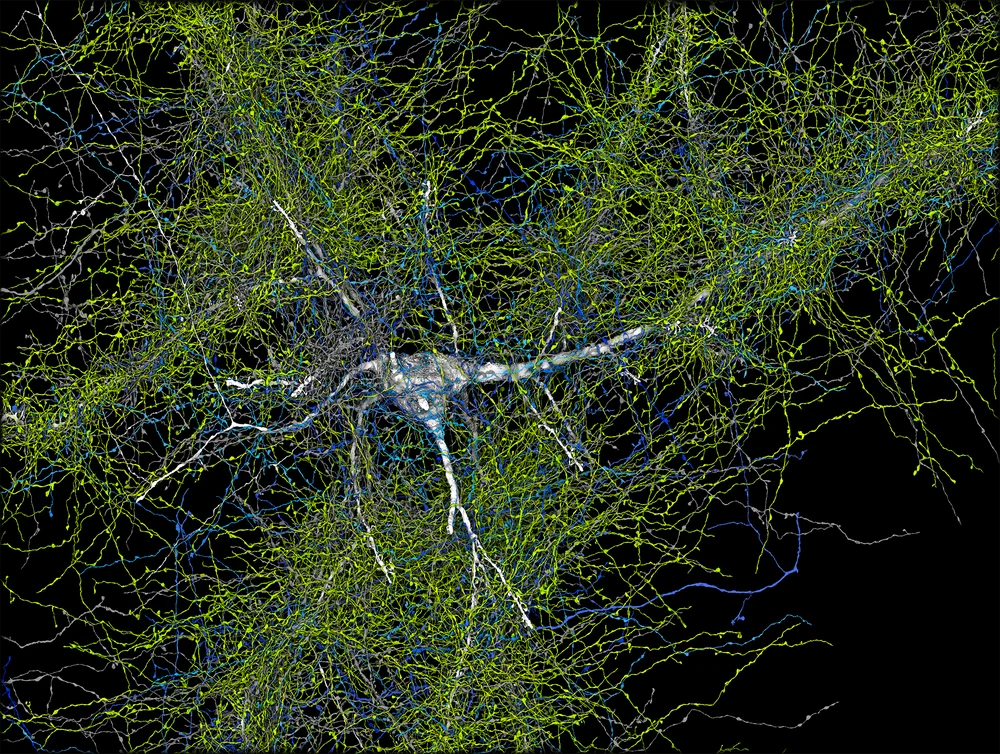
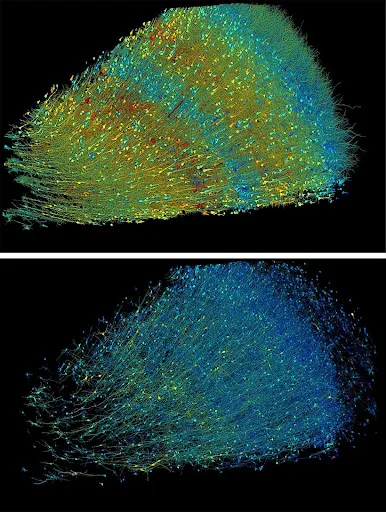
Similar Post
Currently, the Connections team is collaborating with partners at Harvard, Princeton, and elsewhere to map the mouse’s hippocampus—the part of the brain responsible for encoding memories, attention, and spatial navigation, representing 2-3% of the entire mouse brain. Analyzing a mouse connectome is the next best thing, without the time or technology to map the entire human brain. Jeff W. Lichtman, a professor of molecular and cellular biology at Harvard, says, “When you look at a mouse brain in the electron microscope, it looks exactly like a miniature version of a human brain.” This is why scientists frequently use mice to study human brain disorders.
Neuroscientists have been working for decades to map increasingly larger and more complicated brains; mice are just the latest connectome frontier. The first connectome was for a worm’s brain—published in 1986, it took 16 years to map. In summary, the Google researchers have recently unveiled the largest, most detailed map of the human brain yet.
